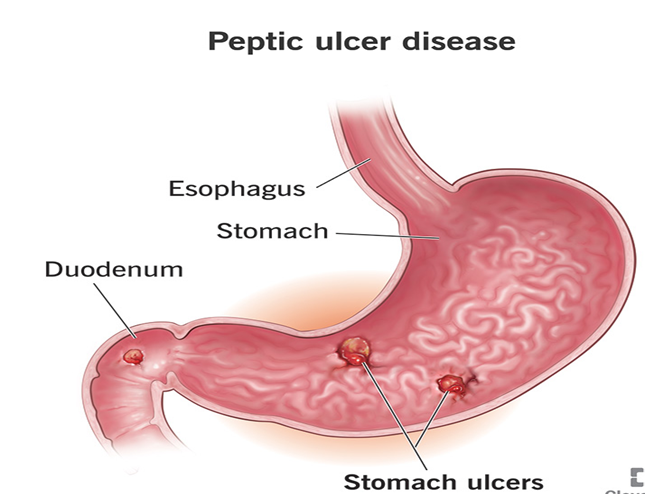Patient Data.
Review H and P, nurses notes, laboratory results, flow sheet, and orders.
Click to mark whether the assessment finding represents a therapeutic result of the sodium bicarbonate administered, a non-therapeutic side-effect, or an unrelated finding. Each row must have one option selected.
Capillary refill 2 seconds
Blood pressure 113/72 mm Hg
Bicarbonate 22 mEq/L (22 mmol/L)
Sodium 152 mEq/L (152 mmol/L)
400 mL urine output
Heart rate 77 beats/minute
The Correct Answer is {"A":{"answers":"A"},"B":{"answers":"A"},"C":{"answers":"A"},"D":{"answers":"B"},"E":{"answers":"C"},"F":{"answers":"A"}}
Choice A: Capillary refill 2 seconds
Reason: Capillary refill time is a quick test to assess peripheral perfusion and hydration status. A normal capillary refill time is less than 2 seconds. Initially, the patient had a capillary refill time of 5 seconds, indicating poor perfusion, likely due to dehydration from vomiting and diarrhea. After the administration of IV fluids and sodium bicarbonate, the capillary refill time improved to 2 seconds, which is within the normal range. This improvement indicates that the treatment was effective in restoring adequate perfusion and hydration, making it a therapeutic result.
Choice B: Blood pressure 113/72 mm Hg
Reason: Normal blood pressure for adults is typically around 120/80 mm Hg. The patient’s initial blood pressure was 100/77 mm Hg, which is on the lower side, likely due to dehydration. After receiving IV fluids and sodium bicarbonate, the blood pressure improved to 113/72 mm Hg, which is closer to the normal range. This indicates that the treatment helped to stabilize the patient’s blood pressure, making it a therapeutic result.
Choice C: Bicarbonate 22 mEq/L (22 mmol/L)
Reason: The normal range for bicarbonate (HCO3) is 21 to 28 mEq/L. The patient’s initial bicarbonate level was 15 mEq/L, indicating metabolic acidosis, likely due to severe vomiting and diarrhea. After the administration of sodium bicarbonate, the bicarbonate level increased to 22 mEq/L, which is within the normal range. This indicates that the sodium bicarbonate effectively corrected the metabolic acidosis, making it a therapeutic result.
Choice D: Sodium 152 mEq/L (152 mmol/L)
Reason: The normal range for sodium is 135 to 145 mEq/L. The patient’s sodium level of 152 mEq/L is above the normal range, indicating hypernatremia. This could be a non-therapeutic side effect of the sodium bicarbonate administration, as sodium bicarbonate can increase sodium levels in the blood. Hypernatremia can lead to symptoms such as confusion, muscle twitching, and seizures, and requires careful monitoring and management.
Choice E: 400 mL urine output
Reason: The patient’s urine output of 400 mL is not directly related to the administration of sodium bicarbonate. Urine output is influenced by various factors, including fluid intake, kidney function, and overall hydration status. In this case, the urine output is more likely related to the patient’s overall fluid balance and hydration status rather than a direct effect of the sodium bicarbonate. Therefore, it is considered an unrelated finding.
Choice F: Heart rate 77 beats/minute
Reason: A normal resting heart rate for adults ranges from 60 to 100 beats per minute. The patient’s initial heart rate was 102 beats per minute, which is elevated, likely due to dehydration and metabolic acidosis. After receiving IV fluids and sodium bicarbonate, the heart rate decreased to 77 beats per minute, which is within the normal range. This indicates that the treatment helped to stabilize the patient’s heart rate, making it a therapeutic result.
Nursing Test Bank
Naxlex Comprehensive Predictor Exams
Related Questions
Correct Answer is B
Explanation
Choice A reason:
Taking cimetidine an hour after antacids is appropriate because antacids can interfere with the absorption of cimetidine. It is recommended to separate the intake of these medications by at least one hour to ensure proper absorption and effectiveness of cimetidine.
Choice B reason:
Decreasing cigarette use to a pack per day is not sufficient for a client with peptic ulcer disease. Smoking has been shown to exacerbate peptic ulcers and hinder their healing process. Complete cessation of smoking is strongly recommended to improve the healing of peptic ulcers and reduce the risk of recurrence.

Choice C reason:
Monitoring for signs of sexual dysfunction is important because cimetidine can cause side effects such as decreased libido and erectile dysfunction. Patients should be aware of these potential side effects and report any issues to their healthcare provider.
Choice D reason:
Notifying the healthcare provider of lethargy is crucial because lethargy can be a sign of a more serious underlying condition or an adverse reaction to the medication. Prompt reporting allows for timely intervention and management.
Correct Answer is ["2"]
Explanation
Step-by-Step Calculation
Step 1: Determine the total units prescribed.
- The prescription is for 1.2 million units.
Step 2: Determine the concentration of the available vial.
- The vial is labeled “600,000 units/mL.”
Step 3: Calculate the volume to be administered.
- Volume to be administered = Total units prescribed ÷ Concentration of the vial
- Volume to be administered = 1,200,000 units ÷ 600,000 units/mL
Result: The nurse should administer 2 mL.
Whether you are a student looking to ace your exams or a practicing nurse seeking to enhance your expertise , our nursing education contents will empower you with the confidence and competence to make a difference in the lives of patients and become a respected leader in the healthcare field.
Visit Naxlex, invest in your future and unlock endless possibilities with our unparalleled nursing education contents today
Report Wrong Answer on the Current Question
Do you disagree with the answer? If yes, what is your expected answer? Explain.
Kindly be descriptive with the issue you are facing.
